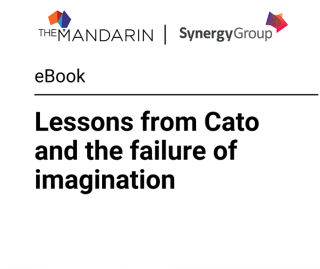
-
What We Do
-
How We Think
-
Our People
-
Our Offices
-
About Us
-
Get In Touch

Do you understand your end-to-end supply chain and have a comprehensive roadmap on how it hangs together? Are you aware of the impact that a struggling supply chain has on the procurement process and the achievement of value for money?
Understanding your Supply Chain when undertaking procurements is a critical component in enabling a robust evaluation where shortages/constraints (National or Global) are known. Knowing your supply chain will also identify that policies such as child labour (Modern Slavery) are complied with and incorporated into the decision making when deciding on a value for money outcome. Whether the procurement is for a product or a service, researching the supply chain is an essential part of understanding constraints and will allow the sourcing/procurement team to assess the supply chain risks as part of their assessments.
With the recent global pandemic and trade tensions, supply chains throughout the world are struggling to keep abreast of material and resource shortages. To overcome these shortages suppliers have been stocking up on materials (bulk purchases) further disrupting supply chains and causing classic bullwhip effects. These shortages are not just occurring for products, but also across resources which has caused skills shortages in the marketplace.
Current examples of global shortages include glass, copper, iron ore, corn, coffee, and raw materials that affect the manufacture of microchips. Shortages of resources are also causing constraints on all industries and are contributing to the competition of companies fighting for a limited pool of resources with specific skillsets. These shortages may not seem relevant to your procurement, but using glass as an example, you will see this disrupting the building and construction industry (windows and panels), pharmaceutical industry (vials and syringes) and in telecommunications industry (fibre-optic) and will continue to have varying impacts on other industries.
Researching and gaining knowledge of these shortages within your industry provides your procurement team with an understanding on which materials are in short supply and can assist in the identification of the suppliers best placed to supply your procurement within the time, cost, and quality requirements of your procurement. By choosing the suppliers who have more stable supply chain and strong relationships with their suppliers, you are in the best position to ensure the delivery of your procurement / contract is going to be on time and on budget.
I have been involved in many supply chain research activities where each industry has specific requirements for the understanding of how the supply chain links back to raw materials and knowing where each supplier links in. Building up a road map for this will help you identify external and environmental risk drivers inlcuding the compliance of your supply chain to the Modern Slavery Act 20181.
Supply continuity for products and services is critical in every supply chain and by undertaking relevant research back to Original Equipment Manufacturer's (OEM's) or raw materials (as required), you will be better placed to select the suppliers that will provide a more robust and accurate delivery and will add value for money to your procurement.
You can never guarantee a perfectly operating supply chain and an on time in full (DIFOT) delivery of a procurement or contract but this research exercise can provide you with a better understanding on which suppliers are the most likely to be able to deliver your procurement or contract within the parameters required and will enable you to mitigate any risks you find prior to signing your procurement or executing your contract.
[1] Federal Register of Legislation, ‘Modern Slavery Act 2018’ No 153, 2018, Federal Register of Legislation - Modern Slavery Act 2018, (accessed 15th February 2024).



